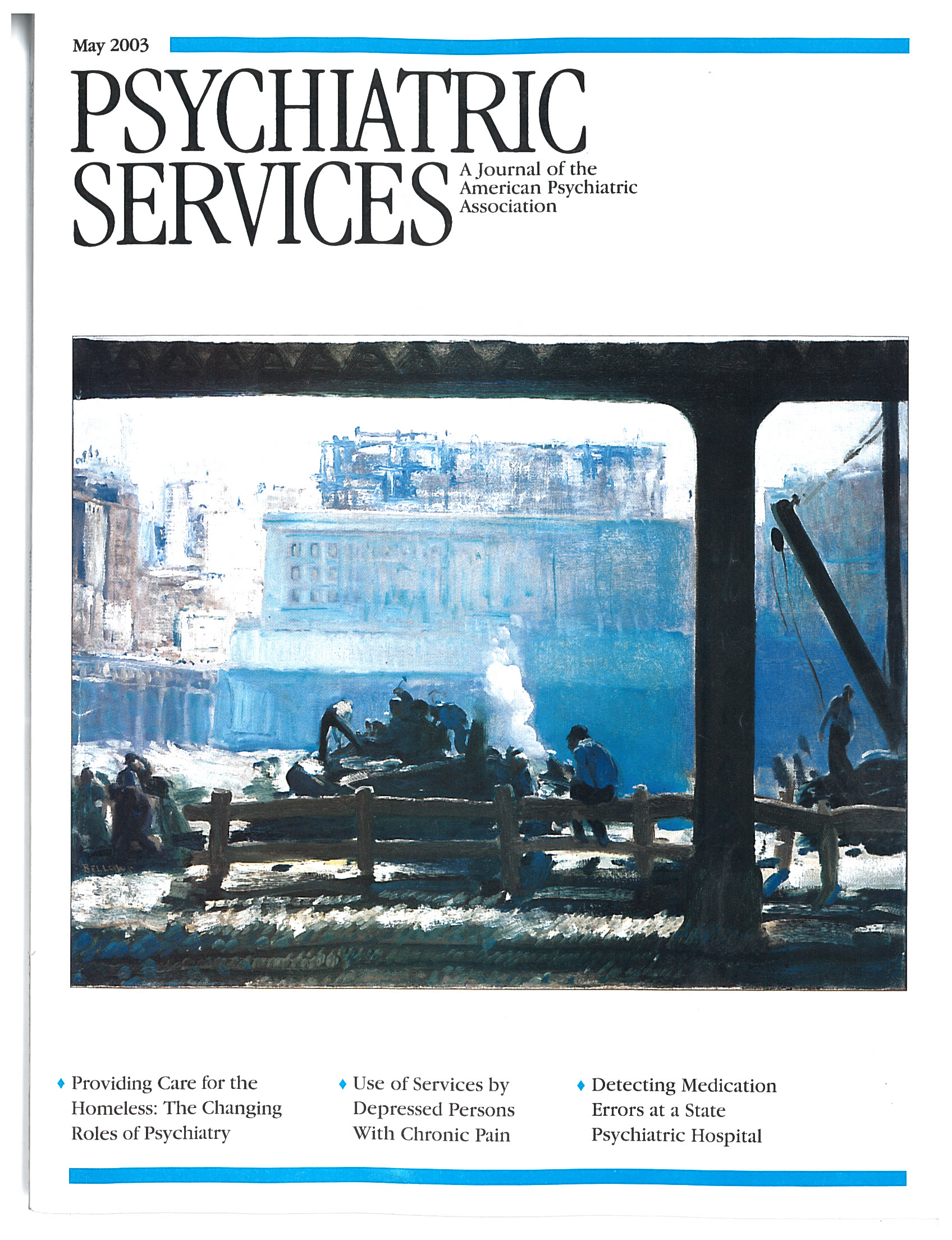Psychotropic Medication Expenditures for Community-Dwelling Elderly Persons
Abstract
Psychotropic medication expenditures for community-dwelling elderly persons in the United States were examined with the 1996 Medical Expenditure Panel Survey (MEPS). According to the MEPS, an estimated $1.07 billion was spent on psychotropic agents, and 53 percent of that was paid out of pocket. Antidepressants represented 61 percent of psychotropic expenditures. High expenditures were found for selective serotonin reuptake inhibitors ($469 million, or 44 percent of psychotropic expenditures), benzodiazepines ($241 million, or 22 percent), and tricyclic antidepressants ($119 million, or 11 percent). Estimates for psychotropic expenditures in 2002 totaled $1.41 billion after adjustment for inflation. Although psychotropic prescription costs were substantial, increased generic medication use and Medicare prescription plans could reduce the financial burden on elderly persons.



